In our rendition of the classic Italian dish known as Spaghetti Alla Nerano, thin slices of zucchini are first cooked in the microwave with salt and water, and then they are roasted in the form of soft coins as a component for this Zucchini Pasta Cooks Illustrated Recipe with Few Ingredients.
Spaghetti Alla Nerano is an Italian dish that originated in the Northern region of Italy.
The meal that is traditionally referred to as Spaghetti Alla Nerano has been reimagined as Spaghetti Alla Nerano. The dish known as spaghetti alla Nerano is said to have originated in the Nerano region of northern Italy, which is also the name of the region.
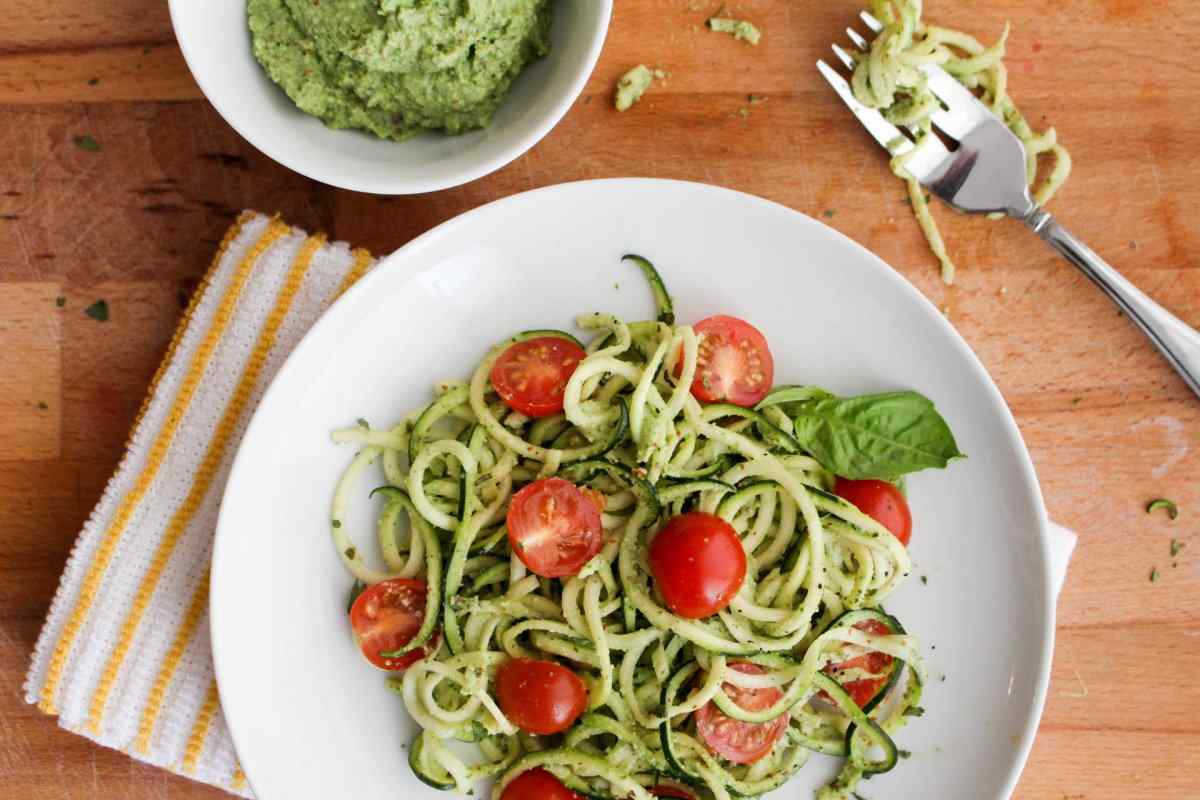
This technique, in contrast to frying, took a lot less work, yet it was still able to properly remove the moisture from the food that was being prepared.
In addition to zucchini, black pepper, basil, starchy pasta water, and butter that had been emulsified, the al dente spaghetti served as the foundation for the sauce; to this was added a combination of mild provolone and Parmesan, which served as an imitation of the special combination of local cheeses that are traditionally used and made the sauce luxuriously creamy.
You need to keep a few things in mind before you get started, the most important of which are the following in particular:
Because there are fewer seeds in each unit of weight of zucchini, you need to use a quantity of zucchini that is less than 8 ounces.
This is because there are fewer seeds in total. Because of this, the quantity of zucchini that you employ can be no more than 8 ounces in total.
When compared with the utilization of other methods, minimizing the amount of time necessary to prepare the squash that will be utilized by cutting it with mandolin results in a significant reduction in the amount of time that is required in its entirety.
Instead of using sliced cheese, you may give a block of soft provolone that has been cubed a try.
At the deli, you may get blocks of soft provolone cheese that are each 14 ounces in size. Each block is placed in its container.
Instructions:
One: Before serving a large piece of zucchini, it is recommended that two tablespoons of water and a small bit of salt be added to the zucchini. This will help to prevent the zucchini from becoming overly watery and overly salty.
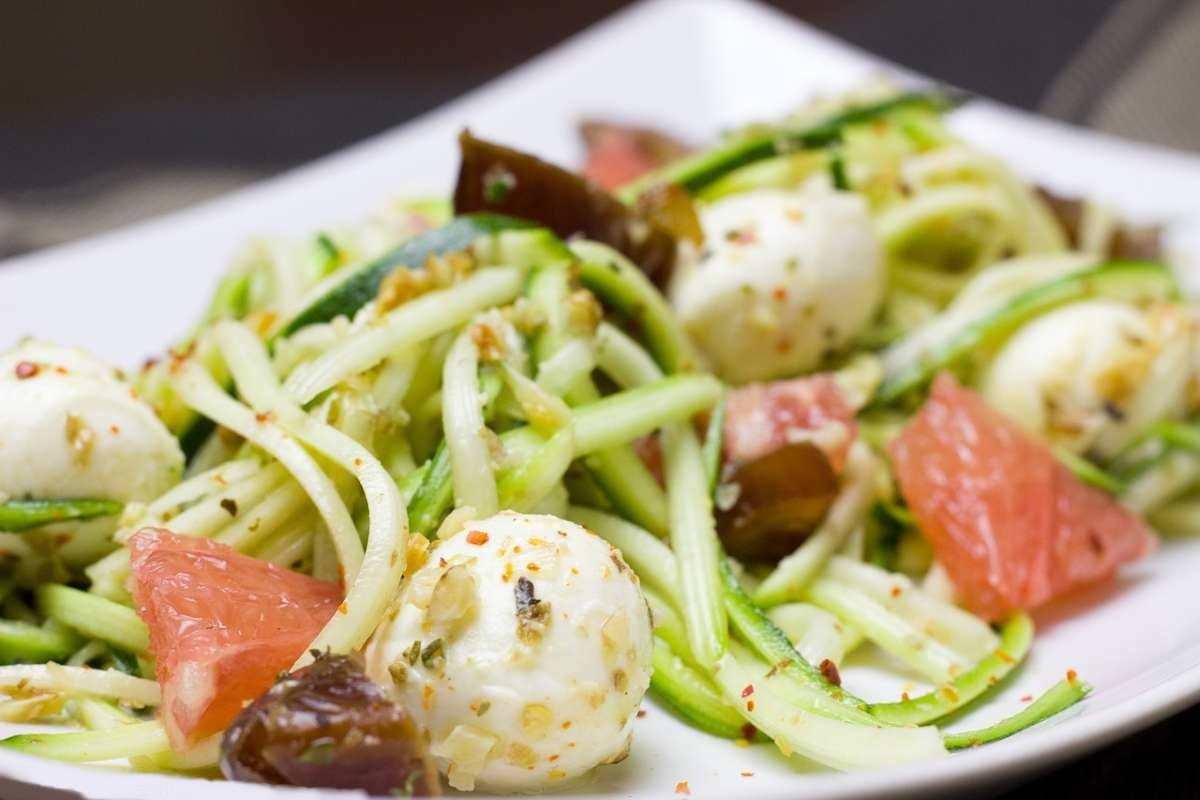
The flavor will be enhanced as a result of this. After being cooked in the microwave for 8 to 10 minutes while being stirred in the middle of the cooking period, the zucchini should be soft (part of the slices should bend around the edges), and the liquid should have been released.
This should occur after it has been stirred in the middle of the cooking period.
Cover the dish with the lid and set it aside. The next step that should be followed after the squash has been cleaned in a colander is to suggest putting aside some time for the squash to cool off for around five minutes before continuing with the preparation process.
Over low to moderate heat, bring the oil to a shimmering condition using a frying pan with a nonstick surface that has a diameter of 10 inches.
It is of the utmost importance to spread a layer of zucchini in a manner that is uniform all the way through (without draining it first).
8 to 10 minutes, stirring after 4 minutes and tossing again for an equal layer (if some come away in chunks, that’s OK) until the zucchini is very soft and roughly half of the slices are lightly browned. If any come away in chunks, that’s fine.
It is not a problem if any break off in large chunks. At this point in the process, the zucchini should have been thrown out as garbage.
(If you want to keep zucchini for up to two days, you may do so if you store it in the refrigerator; just be sure to place it in the crisper drawer first.)
While this is going on, bring a big saucepan that is only about half full of water to a boil, and then add the amount of water that was required to cover the bottom of the pan to the boiling water in the saucepan.

It is necessary to cook the pasta with one and a half teaspoons of salt, and it must be stirred consistently while it is cooking, for the pasta to achieve the al dente stage.
After the pasta has been drained, measure off three-quarters of a cup’s worth of the cooking liquid and set it aside. The remaining liquid should then be transferred back into the saucepan in which it was initially kept.
Add a half cup of the reserved water from the pasta, some zucchini, some butter, some basil, and some black pepper to the dish when you get to the fourth phase of preparing the dinner.
After reducing the amount of heat, continue tossing the pasta for another minute or so to ensure that the ingredients are distributed equally throughout the spaghetti and to give the butter a chance to melt. This will ensure that the pasta is cooked to the appropriate consistency.
If you follow this course of action, you will be able to accomplish both of these goals. When the casserole has been removed from the oven, spread the top with a combination of shredded provolone and Parmesan cheese.
After around one minute of vigorous stirring, the cheeses will melt, and the pasta will be covered in a sauce that is creamy and just slightly thickened. This will occur after the cheeses have melted.
The amount of time needed for this stage is around one minute. The consistency of the sauce is continuously modified by mixing in varying quantities of the cooking water that was previously retained.
This process continues until the sauce reaches the desired consistency.
After the pasta has finished cooking, it should be taken from the fire as quickly as possible and then served as soon as feasible after that.
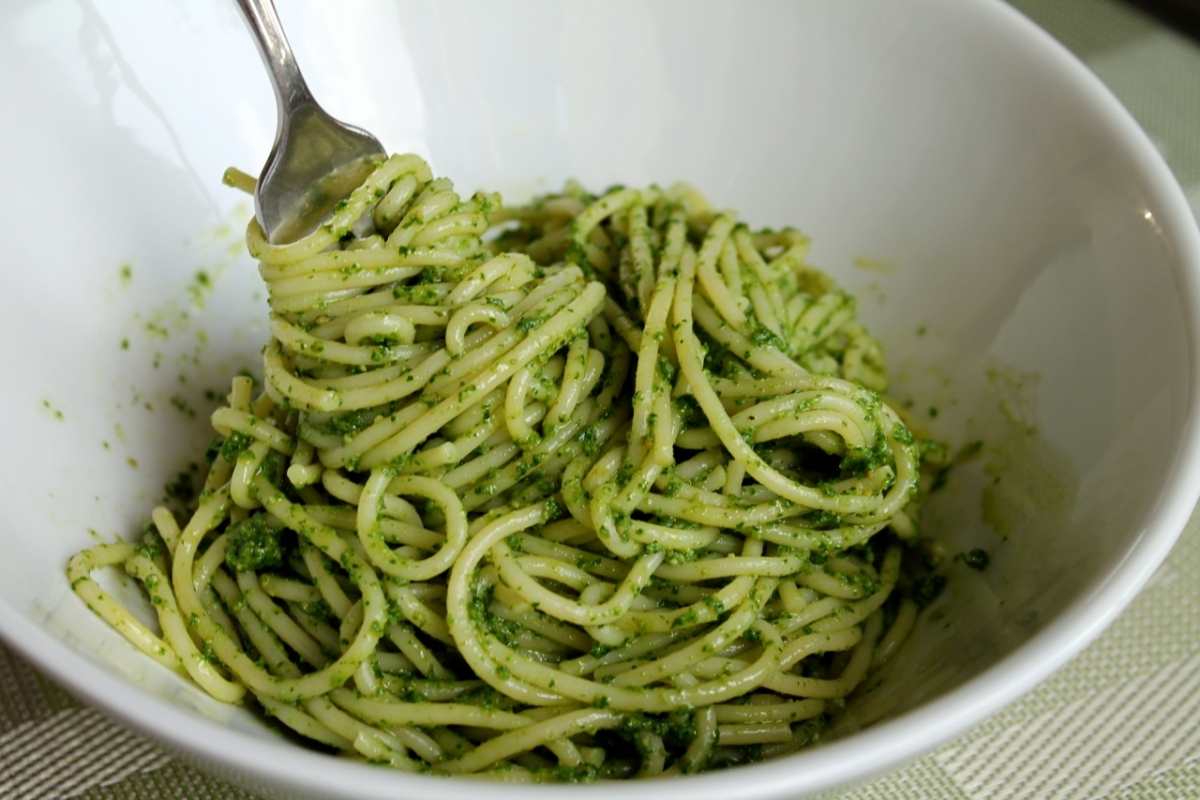
Zucchini Pasta Cooks Illustrated
“Butterfly parmesan spaghetti,” is my daughter’s standard response whenever I inquire as to what she has in mind for dinner.
Even while noodles covered in a buttery cream sauce are delicious on their own, I can’t help but feel like the meal might benefit from the addition of some other vegetables.
Here is amazing Zucchini Pasta Cooks Illustrated, just stay tuned. A few years ago, her wish was answered when she followed the instructions for Creamy Zucchini Fettuccine that were included in Leanne Brown’s book, Good and Cheap: Eat Well for $4 a Day.
After sampling it, my toddler happily added it to the list of zucchini foods that she is allowed to eat. Before, the only zucchini items that she was permitted to eat were zucchini fries and zucchini bread.
This squash has rapidly been a favorite at dinnertime, and I’m glad to include it in our attempts to eat less meat and more vegetables. Even though summer brings more zucchini to the table, this squash has quickly become a favorite.
The following is the recipe for pumpkin cream that contains fetal toxins:
This meal was first cooked for a Kitchen picture shoot that I was assisting with. It was a piece of cake for us to prepare for lunch when the session was over.
This dish begins with zucchini cubes sautéed in garlic and butter (and, optionally, red pepper flakes for spice), and it ends with finely grated lemon zest.
It is similar to a summer version of fettuccine alfredo, and it begins with zucchini cubes sautéed in garlic and butter (and, optionally, red pepper flakes for spice).
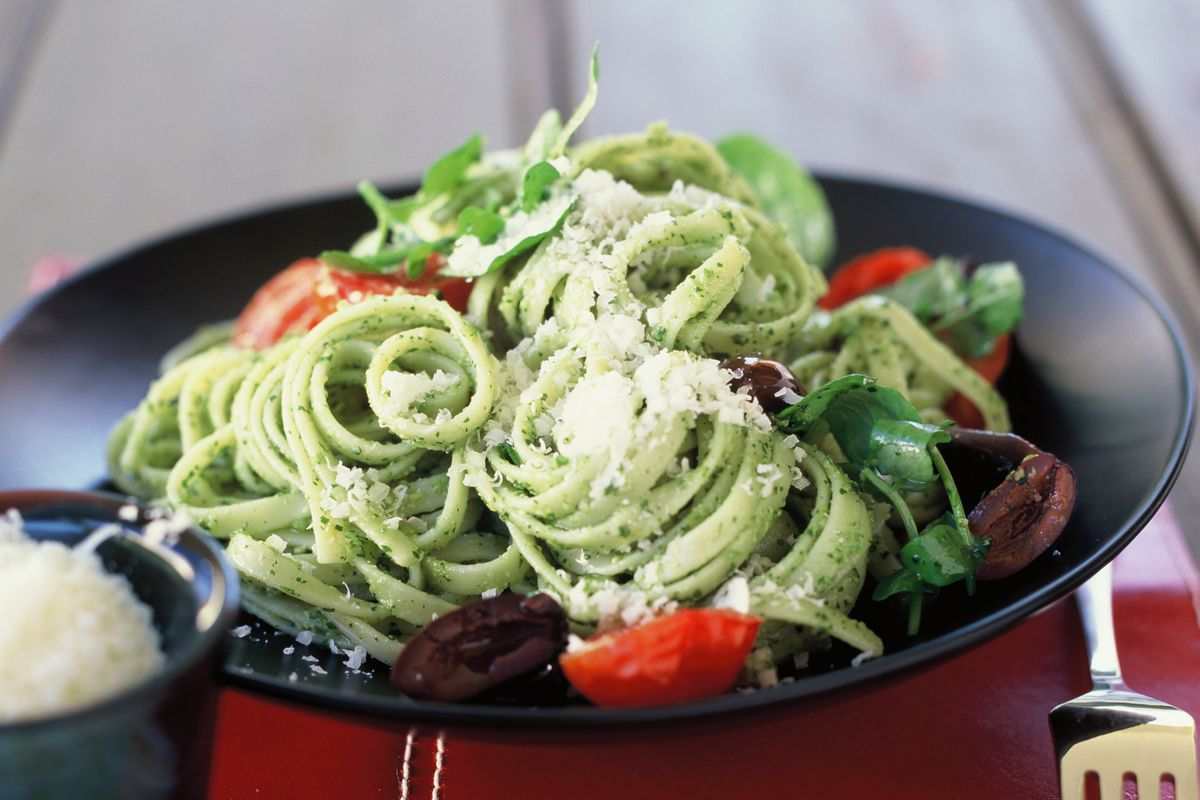
Before combining everything with cooked fettuccine pasta and finishing with basil, create the sauce by adding butter, a little cream, and grated parmesan or pecorino Romano cheese. After that, stir in basil.
If you find that the finished sauce is too thick for your taste, reserve a tiny bit of the water used to cook the fettuccine, drain the pasta, and then whisk in the reserved water into the sauce.
Because there is a lot of cheese and cream in the traditional fettuccine alfredo recipe, the dish can often be rather heavy.
However, this version of the dish is made lighter by the addition of lemon zest. Traditional pasta is replaced with zoodles, which are prepared from zucchini and have a lighter texture and flavor.
(Considering that it was published before zoodles were all the rage, it’s safe to say that Brown was on board with how to use zucchini in this meal.)
Even though the inclusion of some fresh basil helps to liven things up, my daughter would prefer to have her dish without any herbs in it.
To subordinate oneself to another this dish is wonderful since it makes use of a variety of ingredients that are always available in my kitchen cupboards, such as garlic, parmesan cheese, butter, lemon, and pasta.
This supper turned out to be fantastic as a consequence. It takes me less than half an hour to make a hearty veggie spaghetti using zucchini, milk, and basil from the little pot that I’m hoping to keep alive throughout the summer.
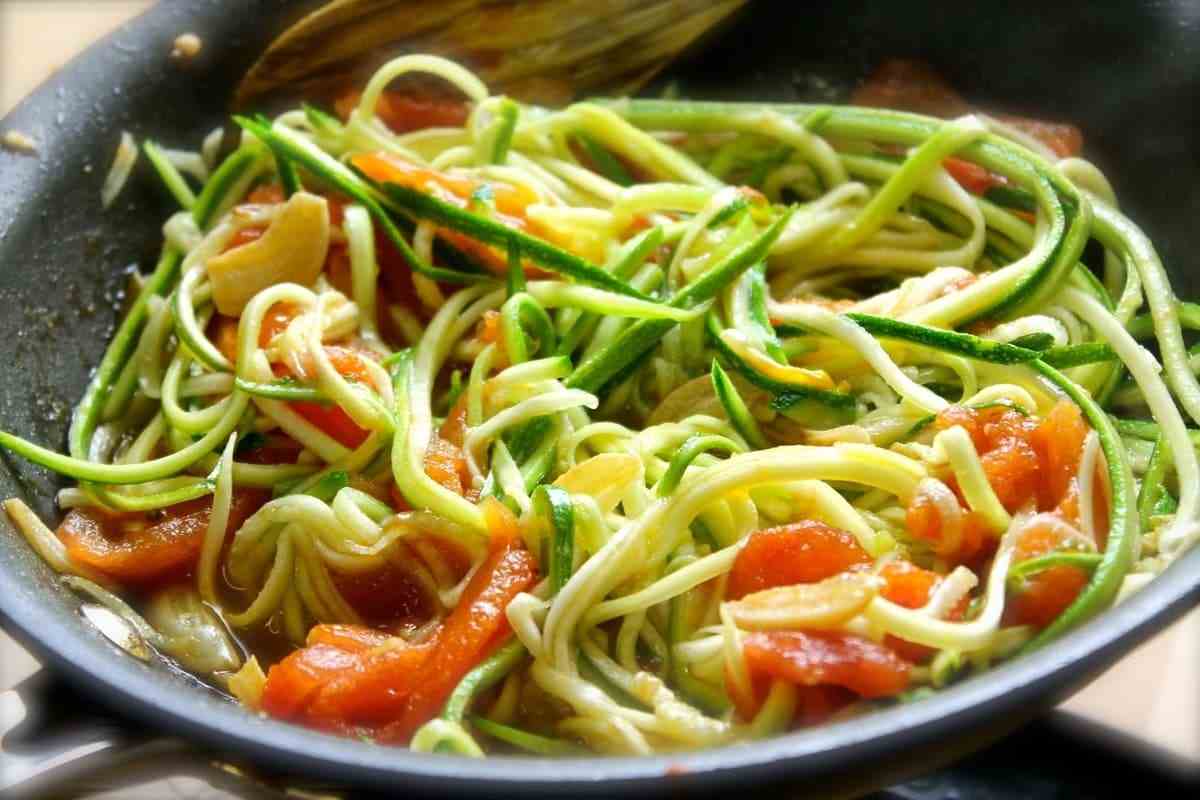
You may use as few or as many zucchini as you like; I used larger zucchini, and after tossing in some more milk and cheese, I had plenty of sauce. You can use as few or as many zucchini as you want. You may use as much or as few zucchini as you’d like.
It’s up to you. Because it contains a considerable quantity of zucchini, I do not feel terrible about taking it on its own if I do not have time to prepare a salad as it would normally be my preference to have a salad with it.
You may simply double the recipe if you want to use up the full packet of pasta or if you have an abundance of zucchini and are looking for a way to spend more time in the kitchen.
This provides food for my household of three, which consists of two adults and one youngster who is eight years old.
The meal has all of the hallmarks of a traditional fettuccine alfredo, but it is made lighter since it makes use of some ingredients that are more suited for the summertime. Find a nice use for your summer squash before it spoils!
Instructions:
To start, fill a teakettle with water and bring it up to a boil. Add a significant amount of salt to the water. Don’t be shy; adding flavor like this is how pasta gets its signature flavor.
Unfortunately, the pasta only absorbs a very little fraction of the salt that was added to it. Prepare the pasta by the instructions that are provided on the box.
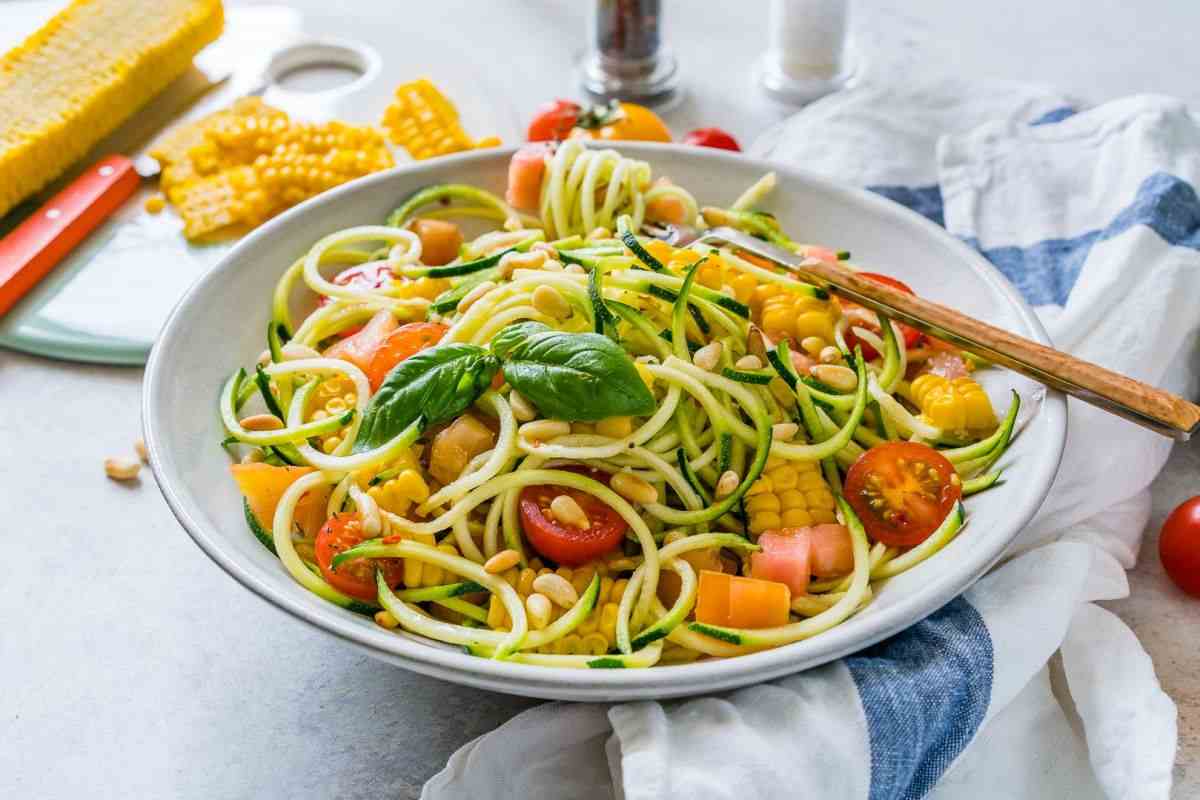
I always make sure to drain the pasta first so that it doesn’t go mushy before adding the greens to the pan and continuing to cook them for a few more minutes. While everything is going on, melt one tablespoon of butter in a skillet over medium heat.
Garlic and chili peppers should be used during cooking. After adding the zucchini, let the mixture boil for between 30 seconds and 1 minute.
Place the vegetables in a bowl, then pour the dressing over the top. Bring to a boil, then reduce heat to low and simmer for 5–7 minutes, stirring occasionally, until the water has evaporated and the vegetables are soft enough to pierce with a fork.
When it is still quite fresh, summer squash can be consumed uncooked.
Add some lemon peel to the mixture, then stir everything together and put it aside. Place the fettuccine that has been drained back into the pot, and then stir in the remaining cheese, along with the milk and butter.
After sprinkling the fettuccine with salt and pepper that has been freshly ground, distribute it evenly around the pan. After adding some cheese and basil, if desired, serve the dish immediately.

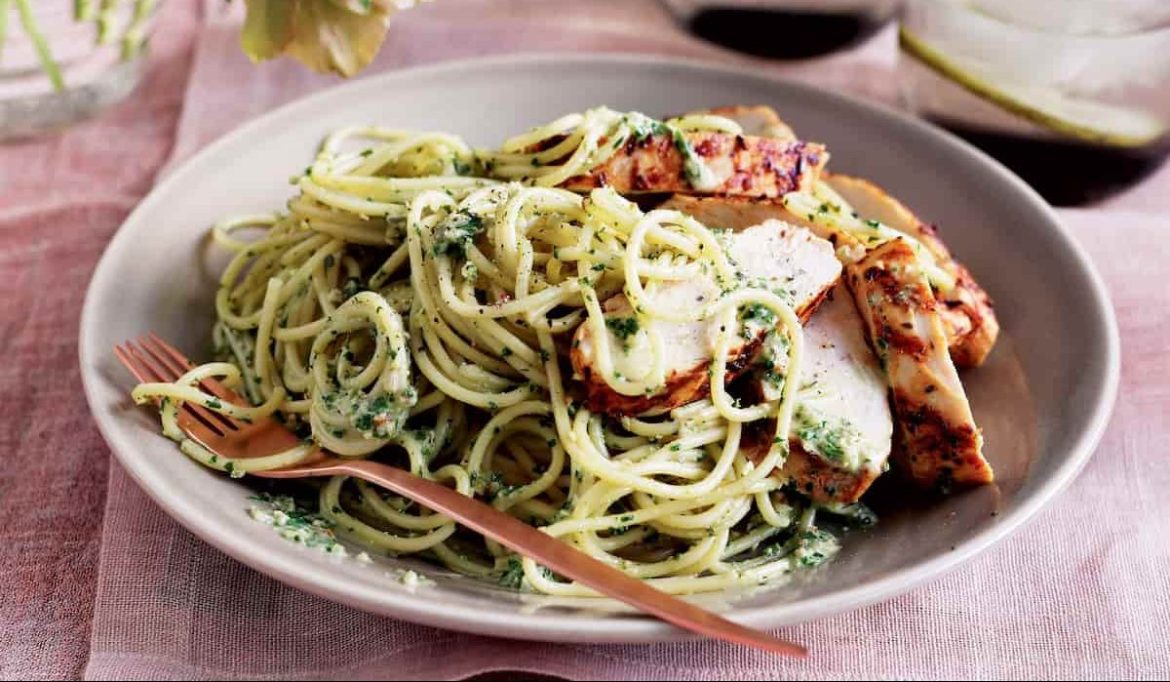
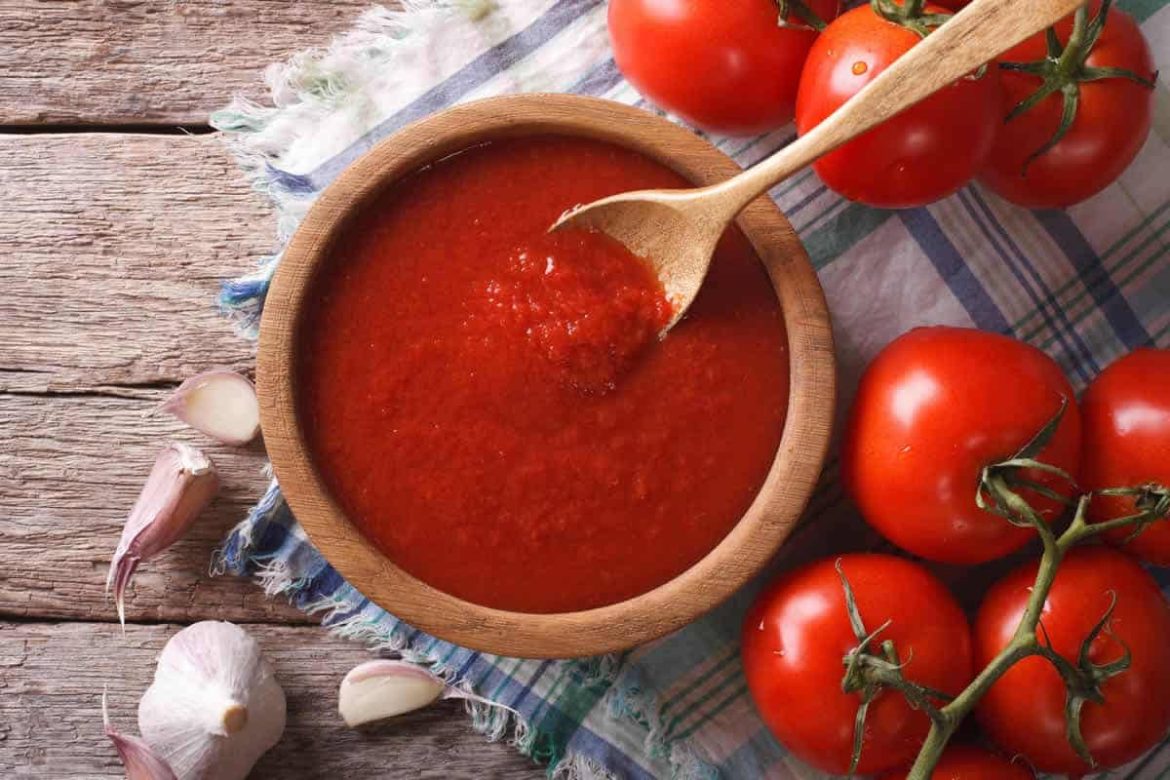
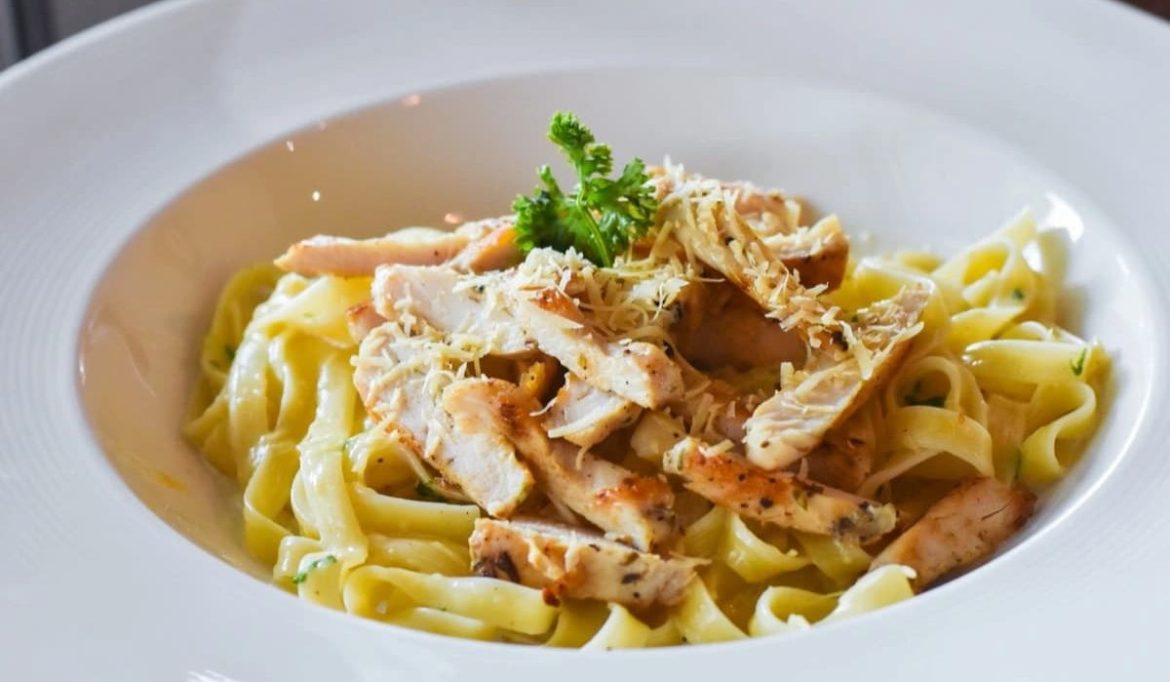
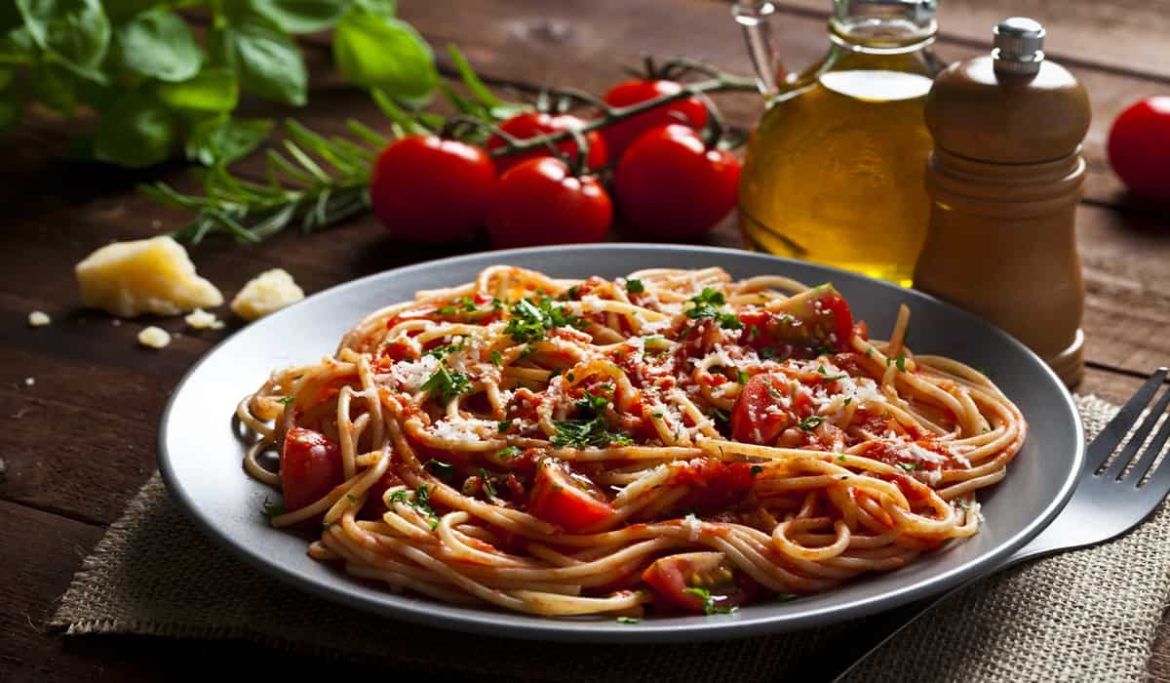
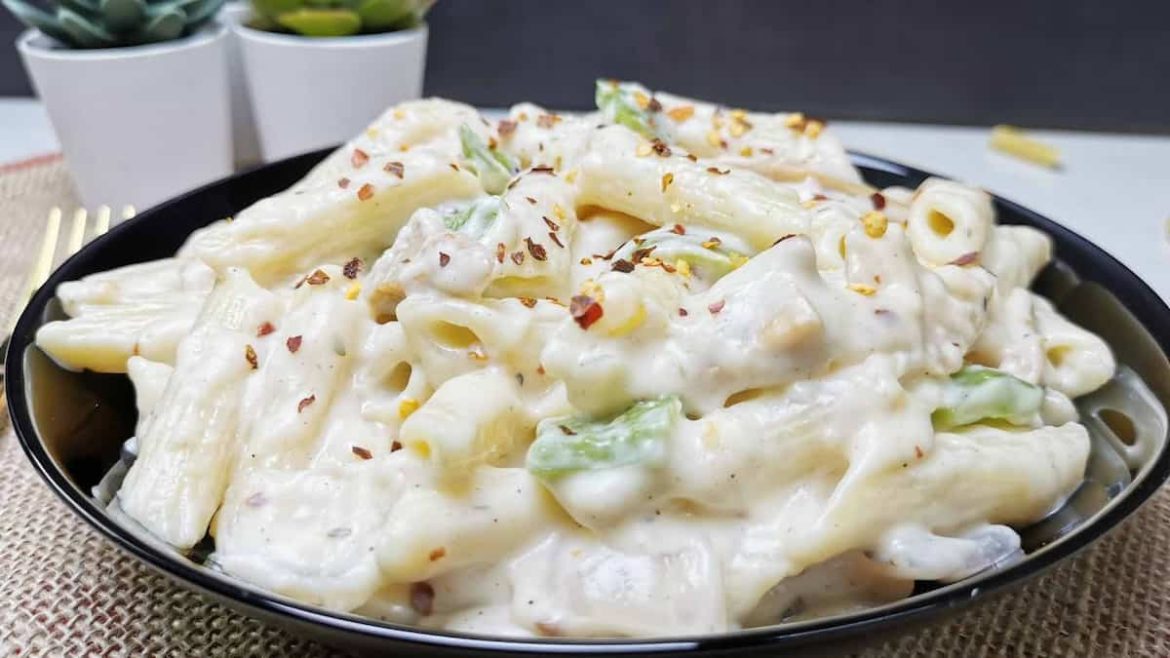
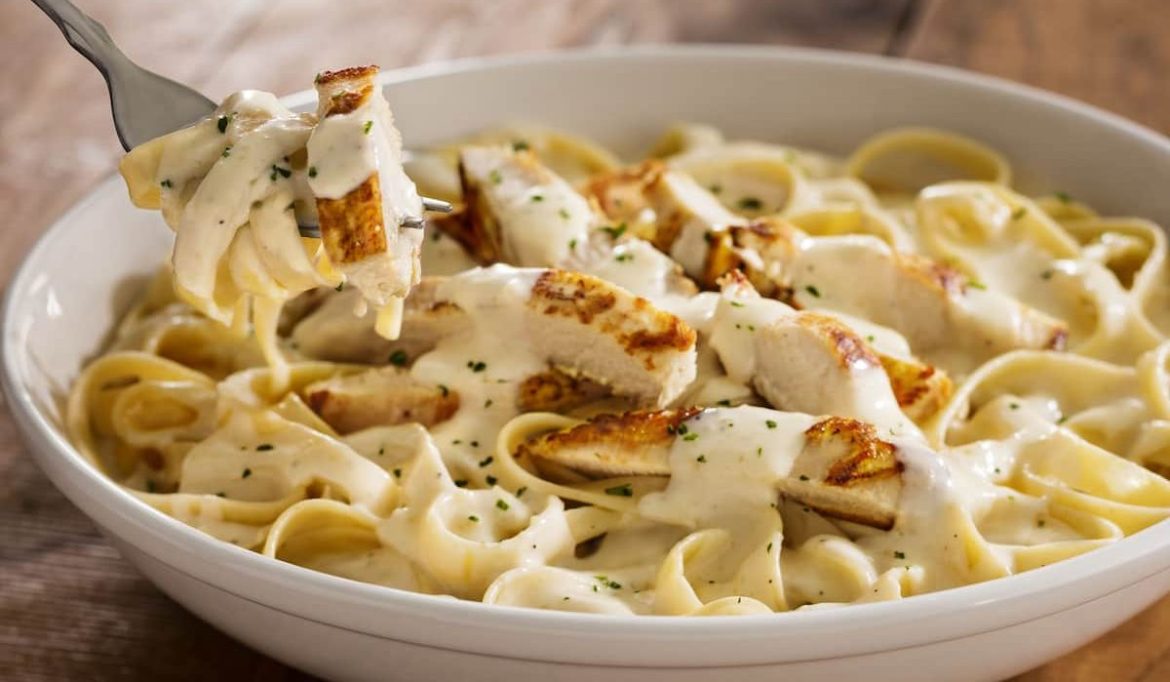
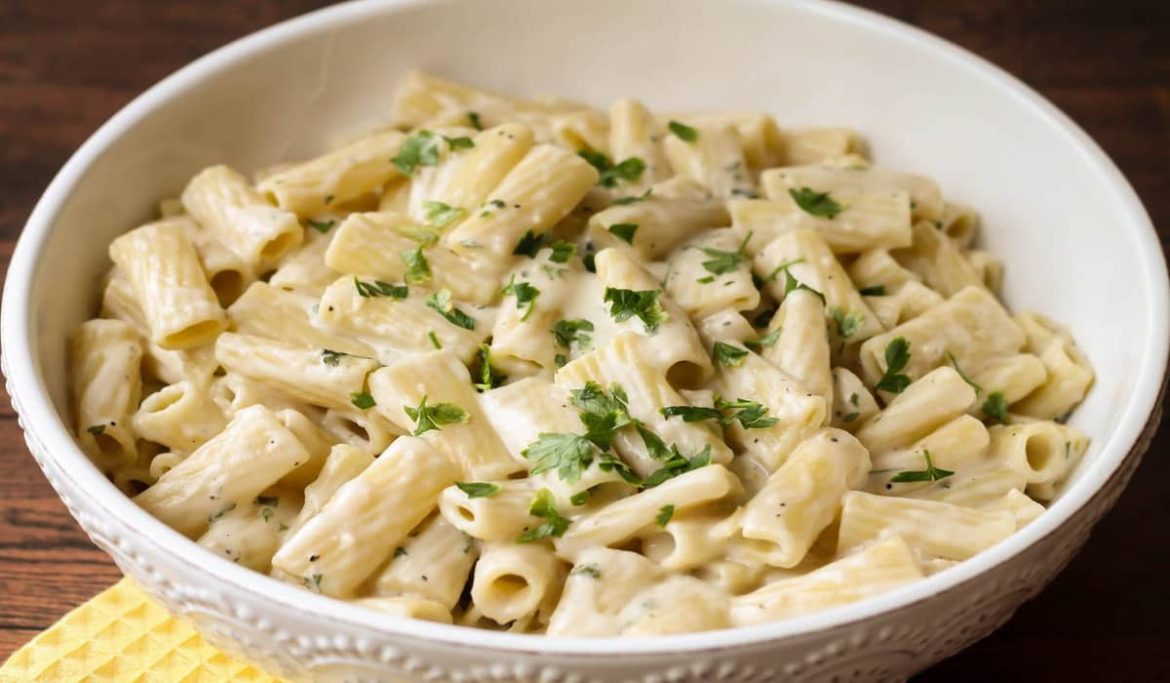
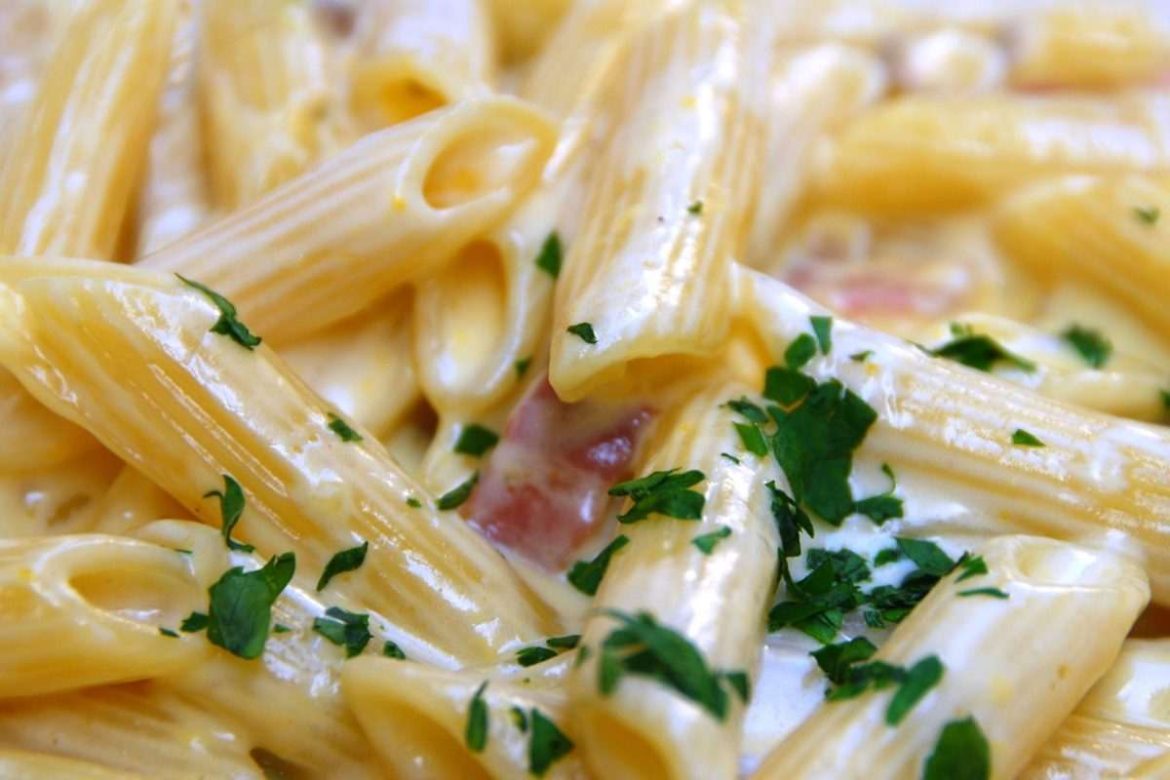
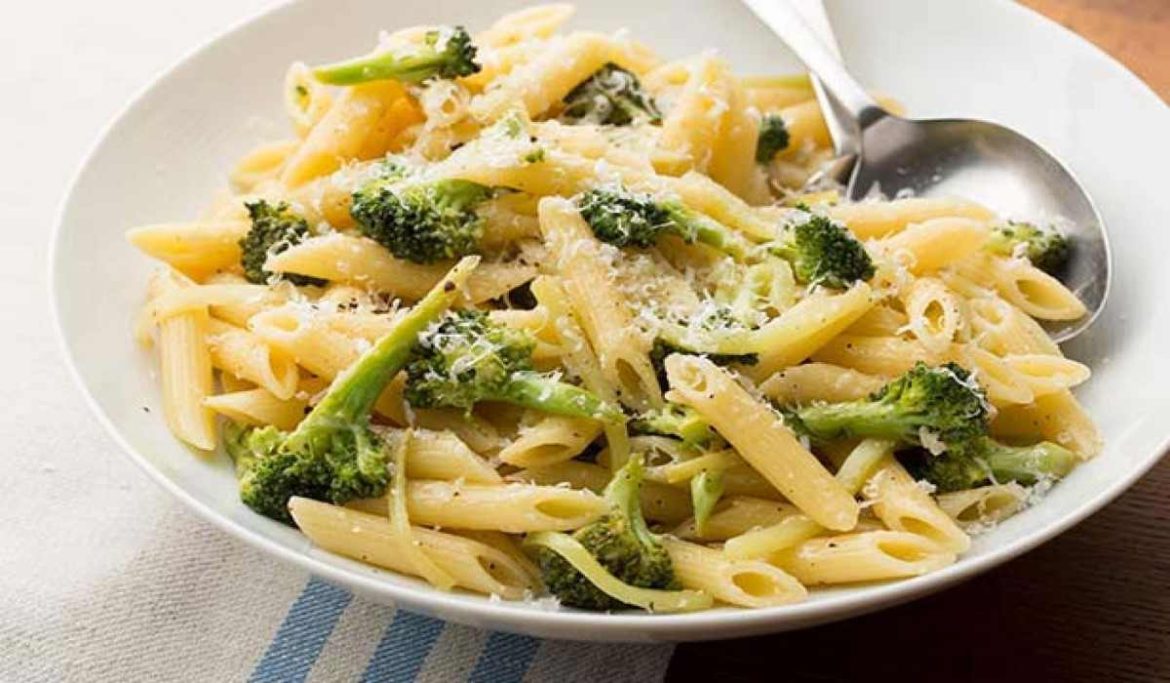
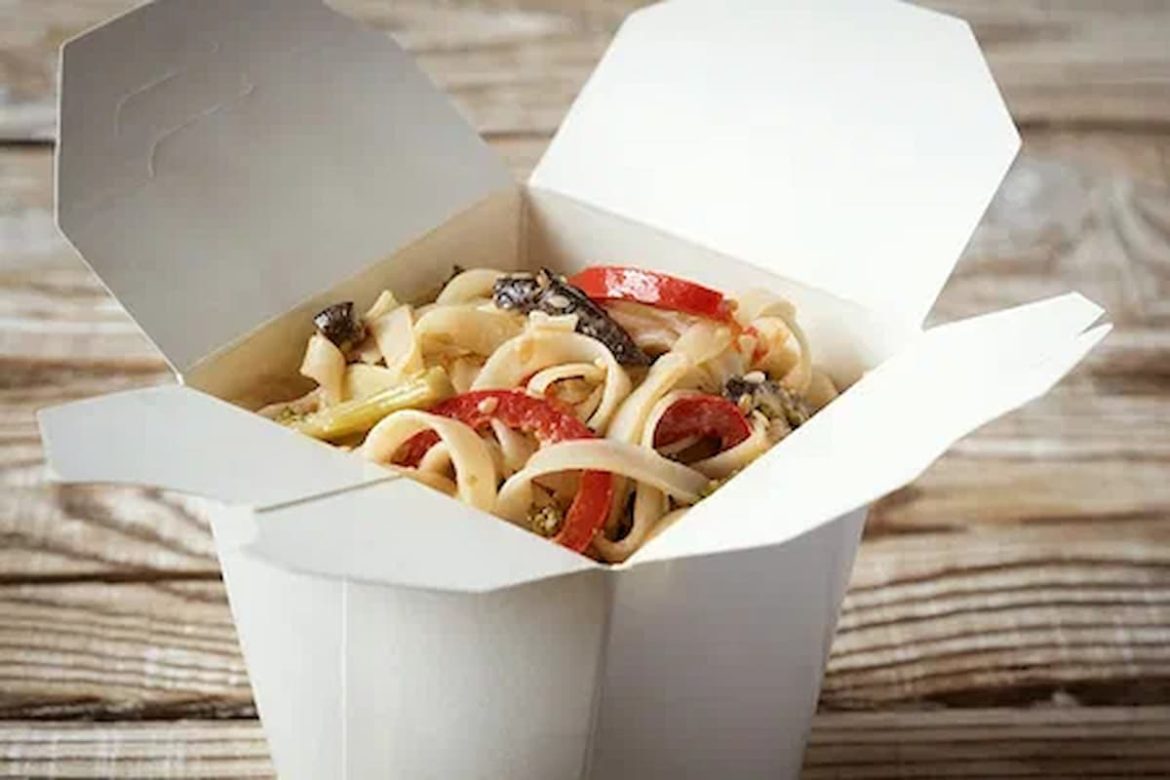
Your comment submitted.